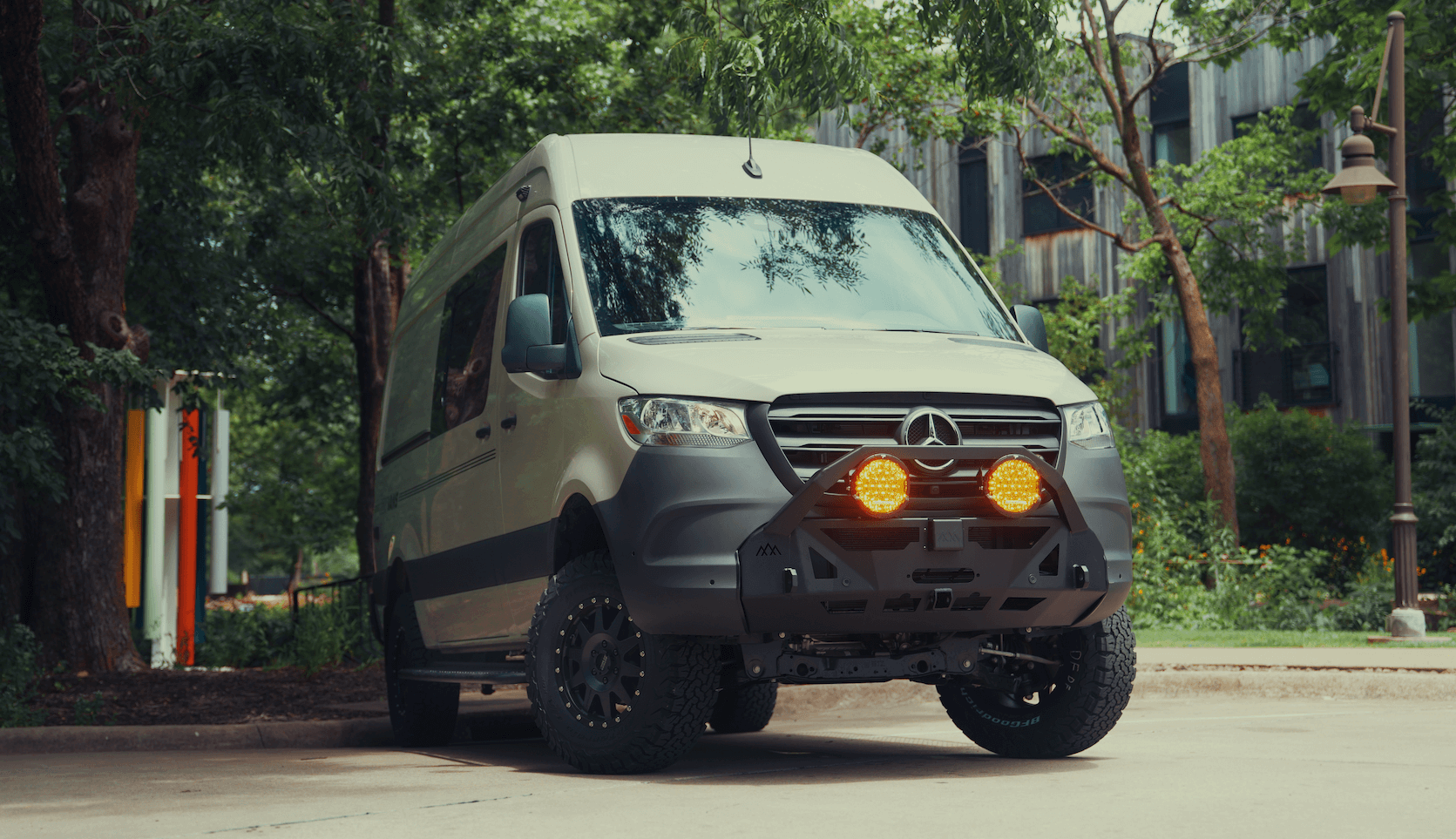Recreational Vans

Before buying panels, map how you use power. Solar is a fuel pump for your battery. The pump must refill what you remove each day. That daily number is your watt hour target.
List your devices with their watt draw and hours used. Multiply watts by hours to get watt hours for each device, then add them up. Include duty cycles where loads cycle on and off. A fridge rated at 60 watts that runs about 40 percent of the day averages roughly 580 watt hours daily.
This sample totals about 961 watt hours per day. Add a 15 to 25 percent buffer for the random extras and idle losses.
Battery capacity is often listed in amp hours. To connect your energy use with battery size, convert watt hours to amp hours using capacity in amp hours equals watt hours divided by system voltage. For a 12 volt system, 1000 watt hours needs about 83 amp hours of usable capacity. Lithium can safely use most of its nameplate capacity, while many lead acid chemistries prefer shallow discharge. Size accordingly.
Panel output depends on sun hours, which vary by location, season, and roof tilt. Use average peak sun hours, not total daylight. A flat roof in summer might see 5 to 6 sun hours, while winter can drop to 2 to 3. A simple rule: daily solar harvest equals panel watts multiplied by sun hours multiplied by a system factor around 0.7 to capture controller, temperature, and wiring losses.
Now turn your daily use into a panel plan. The goal is to replace most or all of your used energy on a typical day, understanding cloudy stretches will rely on batteries and alternator charging.
Assume 1000 watt hours daily use. If your travel pattern gives you 5 sun hours on average, expected daily harvest with a 400 watt array is 400 x 5 x 0.7 equals 1400 watt hours. That covers the 1000 watt hours target with margin for partial shade and warm panels. In winter or cloudier regions with 3 sun hours, that same array yields about 840 watt hours, which may require more alternator or shore charging.
Key takeaway: panel watts equals daily watt hours divided by sun hours divided by 0.7. Add 20 to 40 percent headroom for shade, heat, and growth. Many weekend rigs settle at 300 to 400 watts. Remote workers, electric cooktops, or heavy refrigeration often need 600 to 1000 plus watts.
Higher panel voltage with an MPPT controller improves production in heat and partial cloud cover. MPPT harvests more energy than PWM in most van and trailer installs, especially with longer wire runs or mixed panel orientations. Use appropriately sized wire to keep voltage drop under 3 percent on the solar and load sides. Keep roof cable runs tidy and protected from abrasion.
Panel layout matters. Even small shadows from a fan, rack, or box can cut output on the shaded string. Favor parallel strings or panels with bypass diodes arranged to minimize shared shading. Test shadows at midday before final mounting.
Match storage to your use and weather patterns. A common planning number is 1 to 2 days of autonomy without solar. For a 1000 watt hours profile, that suggests 100 to 170 amp hours of lithium at 12 volts. If you depend on electric cooking, boost storage. Add a DC to DC charger from the alternator so driving days refill the bank. Shore power remains a valuable fallback for long cloud cover. The trio of solar, alternator, and shore creates a resilient system.
The math gives a baseline. Real travel brings heat, shade, dust, altitude, and trip pacing that shift production and consumption. Adjust your plan with these realities in mind:
When it is time to turn a sizing plan into hardware that works on the road, a well executed install is the difference between quiet confidence and chasing gremlins. Clean cable routing, sound fusing, correct breaker sizing, proper crimping, and thermal considerations extend component life and improve daily harvest. A roof that avoids shade traps and a charge profile tuned to your battery chemistry complete the picture.
If you want a build that matches your usage, our team can design and install a balanced solar and power system as part of a complete adventure van. Explore our core platform at Recreational adventure vans. If you are ready for a tailored cabin and power system from the ground up, see Custom build a van. Looking for a finance friendly starting point with thoughtful power options, visit Finance friendly mainstream vans.
Tell us your daily routine and we will translate it into a clear solar, battery, and charging spec, then install it with the same care we put into every road ready build. Your trip should be about the view, not the voltmeter.
Ready to size, source, and install a reliable solar system that matches how you actually travel and live? Request your build consult now and our team will translate your daily energy use into a clean, quiet power plan. Get a precise spec, clear pricing, and a turn key install that is road proven.
ADDRESS:
6159 E Huntsville Rd, Fayetteville, AR 72701
PHONE:
(479) 326-9200
EMAIL:
info@ozkvans.com